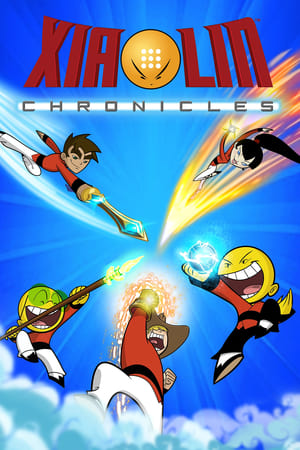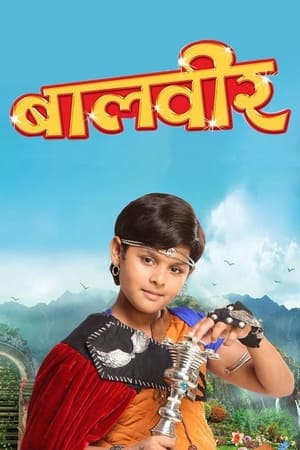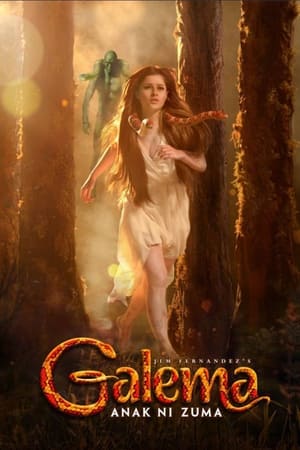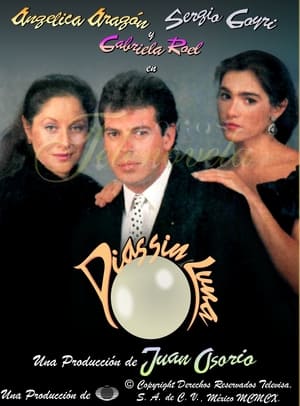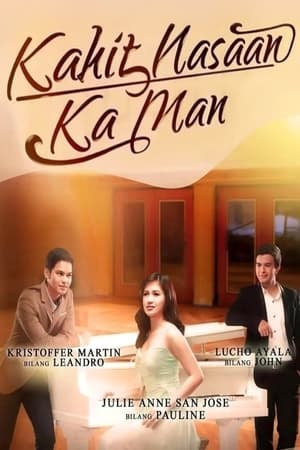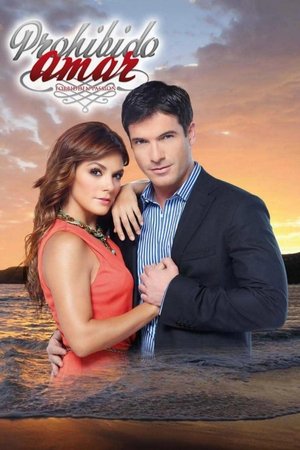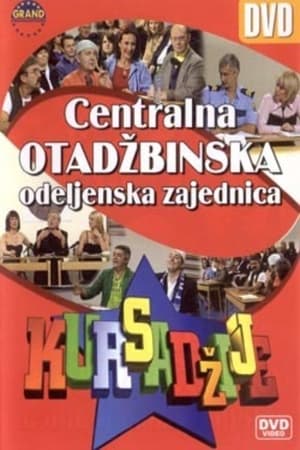Overview
Morangos com Açúcar was a Portuguese Teen drama. It was broadcast daily on the Portuguese TV station TVI between 30 August 2003 to 15 September 2012. It has also been broadcast in Angola, Syria, Brazil and Romania.
Reviews
**A series with so many fans and detractors, which lasted for more than a decade, made so much money and started so many artistic careers, can only be considered a success. Despite this, it is a weak, uninteresting, tiring and very amateur series.**
This series, strongly aimed at teenagers, was created by TVI Channel, airing in prime time on weekdays. I think they were very inspired by *Malhação*, a similar series from Globo that was shown in Portugal through the TVI's rival channel SIC. The final formats of the series already have a certain influence of *High School Musical* and *Glee*. In any case, the series was a sure bet for the Queluz de Baixo TV channel: it acquired extraordinary popularity and guaranteed TVI the beginning of an audience supremacy that lasted for years. It also became a huge source of income for the channel, at the expense of advertising and massive merchandising.
The series appeared in 2003 and followed the lives of a group of school-aged teenagers from an elitist particular high school, Colégio da Barra. Each season ended with the end of the school year and gave way to a mini summer season. Each season there was a renewal of the cast and sometimes also a renewal of the environments: in the fifth season, the particular high school gives way to a public high school full of problems, which turns into a performing arts school in season 7 and disappears in season 9, to make way for another elite high school. In addition to the beach, flirting, extreme sports and teenage problems, the series dealt with deeper themes, from anorexia and bulimia, bullying or social prejudice. It also invested a lot in music, even giving rise to two teen bands. D'ZRT will be the most remembered: this boy's band was influenced by similar projects, such as Excesso and Backstreet Boys, and was very active until 2009.
Unsurprisingly, TVI bet on colossal and very mediatic castings to choose the actors for the various seasons. In the overwhelming majority, they had zero experience and were learning to act right there, in front of the cameras, so the quality level of the cast was extremely poor and those young people couldn't sound more forced and clumsy. Nevertheless, the series was a factory of young actors from which an entire generation of talents emerged, and which included João Catarré, Benedita Pereira, Cláudia Vieira, Pedro Teixeira, Joana Duarte, Luís Lourenço, Isaac Alfaiate, Mafalda Matos , Ângelo Rodrigues, Laura Galvão, Sara Matos, Lourenço Ortigão, David Carreira or Rui Andrade. Actors, models, TV hosts and musicians that often date and marry each other... after all, life often imitates art.
With so many mutations each season, it is understandable how the series maintained its strong ascendancy among young people until the end, in 2012. It was a huge success, making unconditional fans and also tireless detractors, who came to coin the terms “Morangos Generation” to refer to those who were teenagers between 2005 and 2010, and “morango-mania”, a derogatory allusion to the passionate way in which fans followed the series and consumed everything that related to it. Personally, I was never interested in the series. As I was one generation ahead of the so-called “Morangos Generation”, the series appeared when I was already a teenager, but even so, my interests never put me in the target audience. In fact, I was one of the biggest detractors of this series and “morango-mania” inside and outside my school! By forces superior to mine, I got to see a handful of loose episodes, from different seasons, and that's enough to give my opinions all the solidity: I was then able to verify that it was a sterile series with uninteresting stories, incapable of captivating the attention of more demanding audiences and populated by actors inexperienced to the point of bordering on amateurism. Even considering that it was TV material and that TVI was slow to throw money at the production, they were tiresome episodes, carelessly filmed and with sometimes ugly graphics, in addition to insisting on the most obvious clichés about what teenagers are or should be: beach, sports, flirtations and illusions. Everything has an end, this series has met its end, but it has not ceased to be noteworthy... and I believe it is still making some appearances on some cable channels.

 Portuguese
Portuguese
 6.048
6.048
 2003
2003
 Portugal
Portugal
 Filipe Manuel Neto wrote:
Filipe Manuel Neto wrote:
